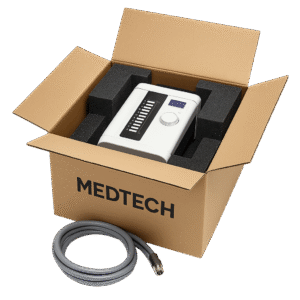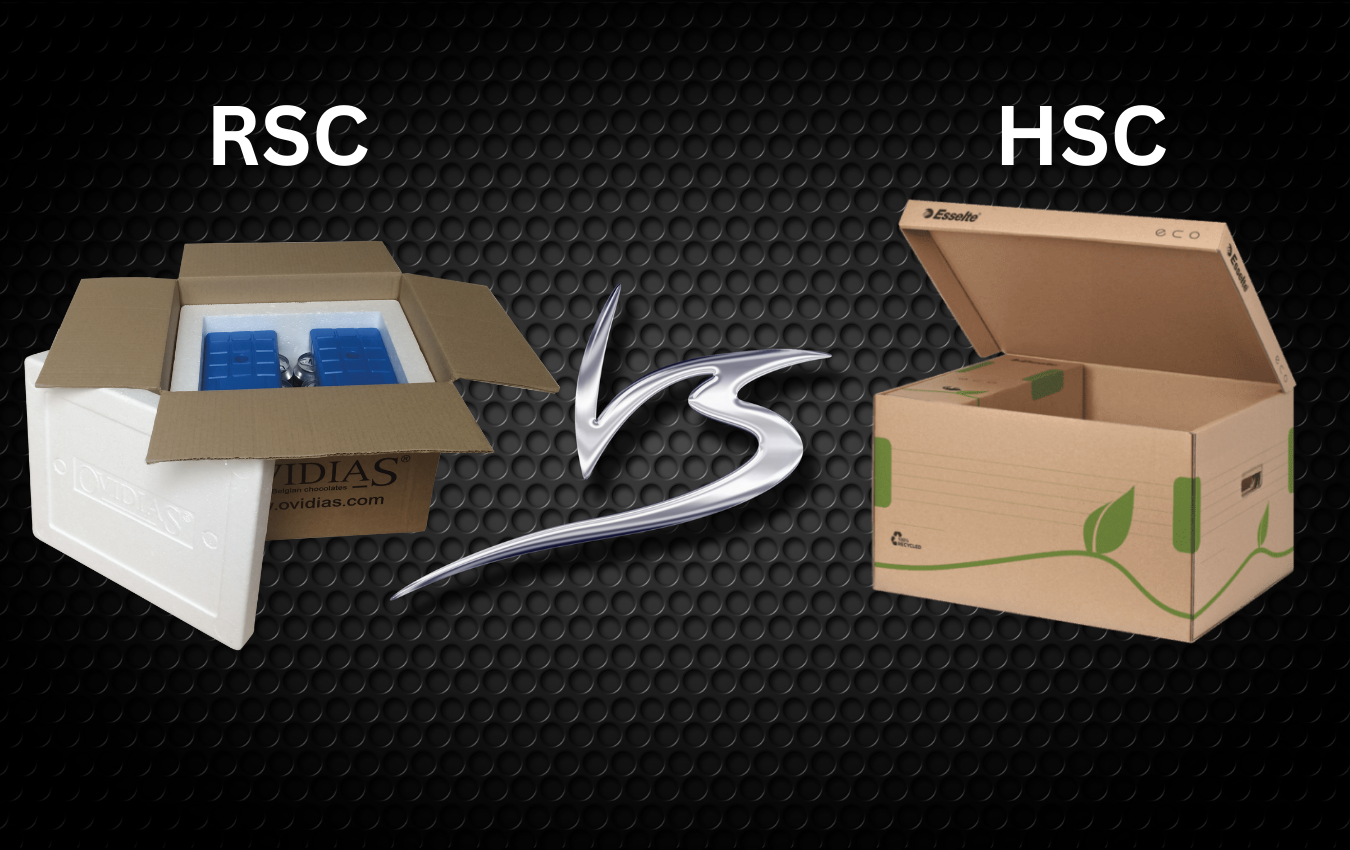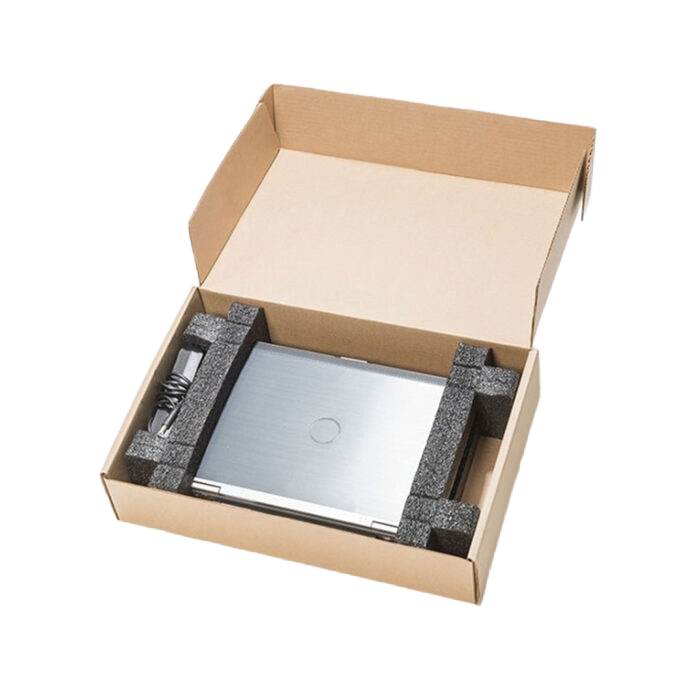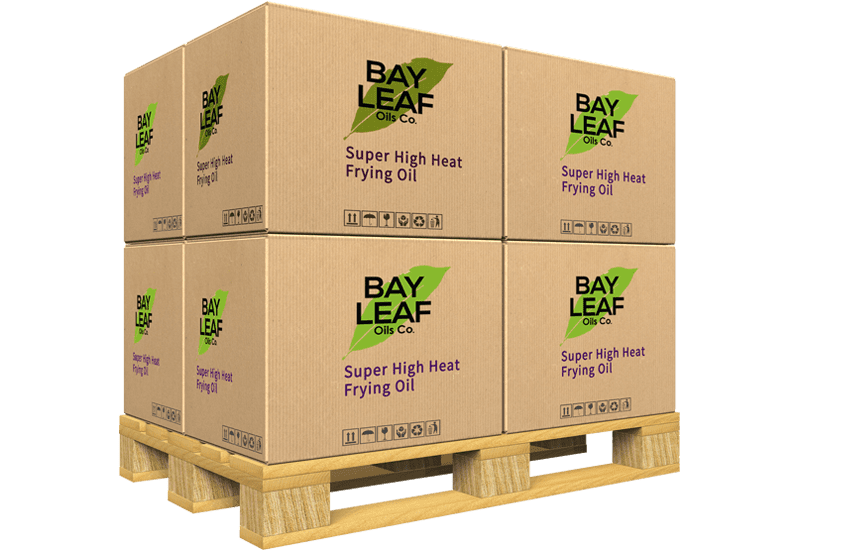Home » Compression Strength Loss Over Time in Warehouse Storage
Compression Strength Loss Over Time in Warehouse Storage
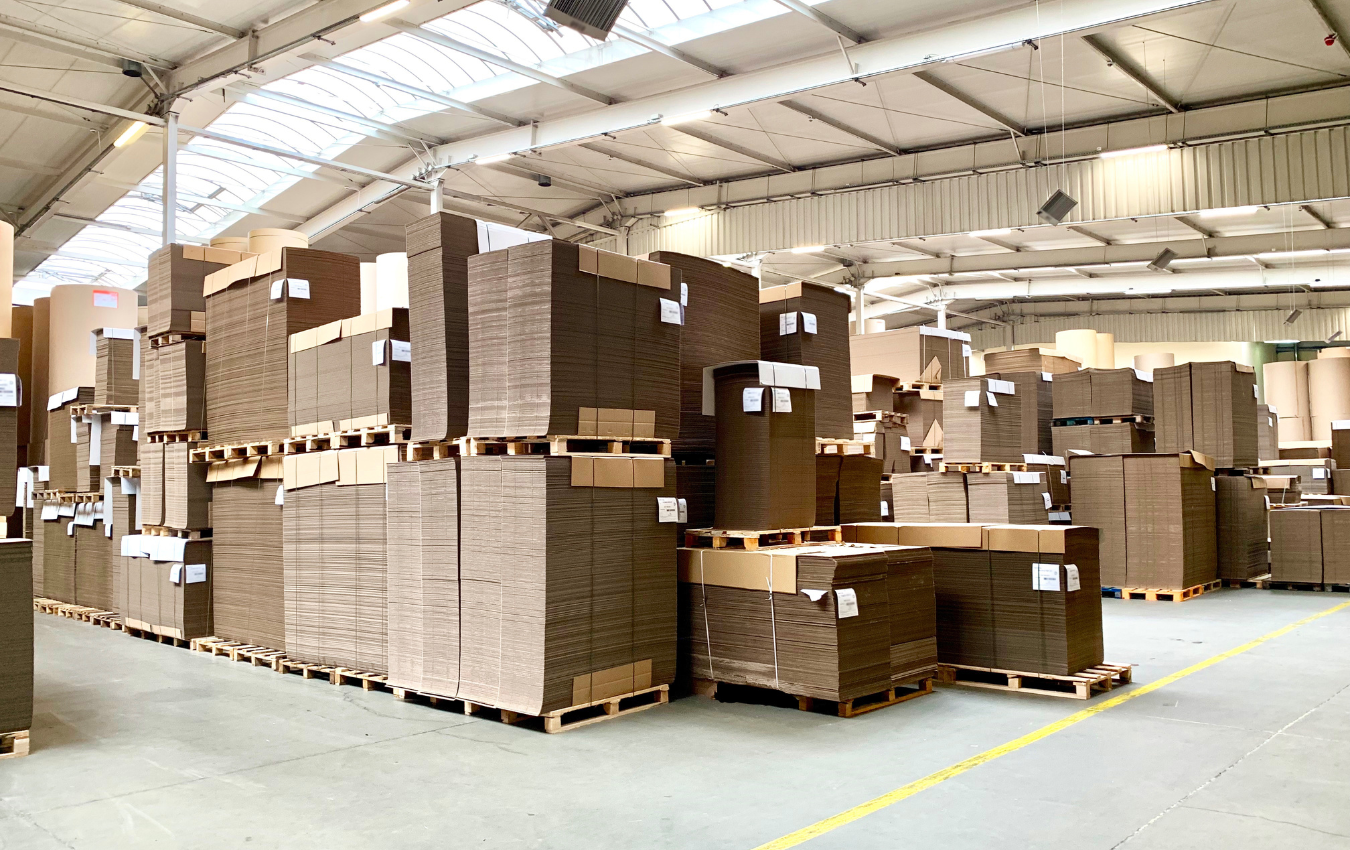
Corrugated boxes lose a significant portion of their original compression strength during prolonged storage, especially under load. Understanding the mechanics of compression creep and the environmental factors at play allows packaging engineers to design boxes that maintain structural integrity throughout their intended shelf life.
Why Compression Strength Declines
- Material Creep: Fibers gradually deform under constant load, reducing box stiffness.
- Humidity Impact: Elevated RH accelerates creep, with potential strength losses of 40–60% in humid conditions.
- Stacking Configuration: Poor pallet patterns or uneven weight distribution compound stress points.
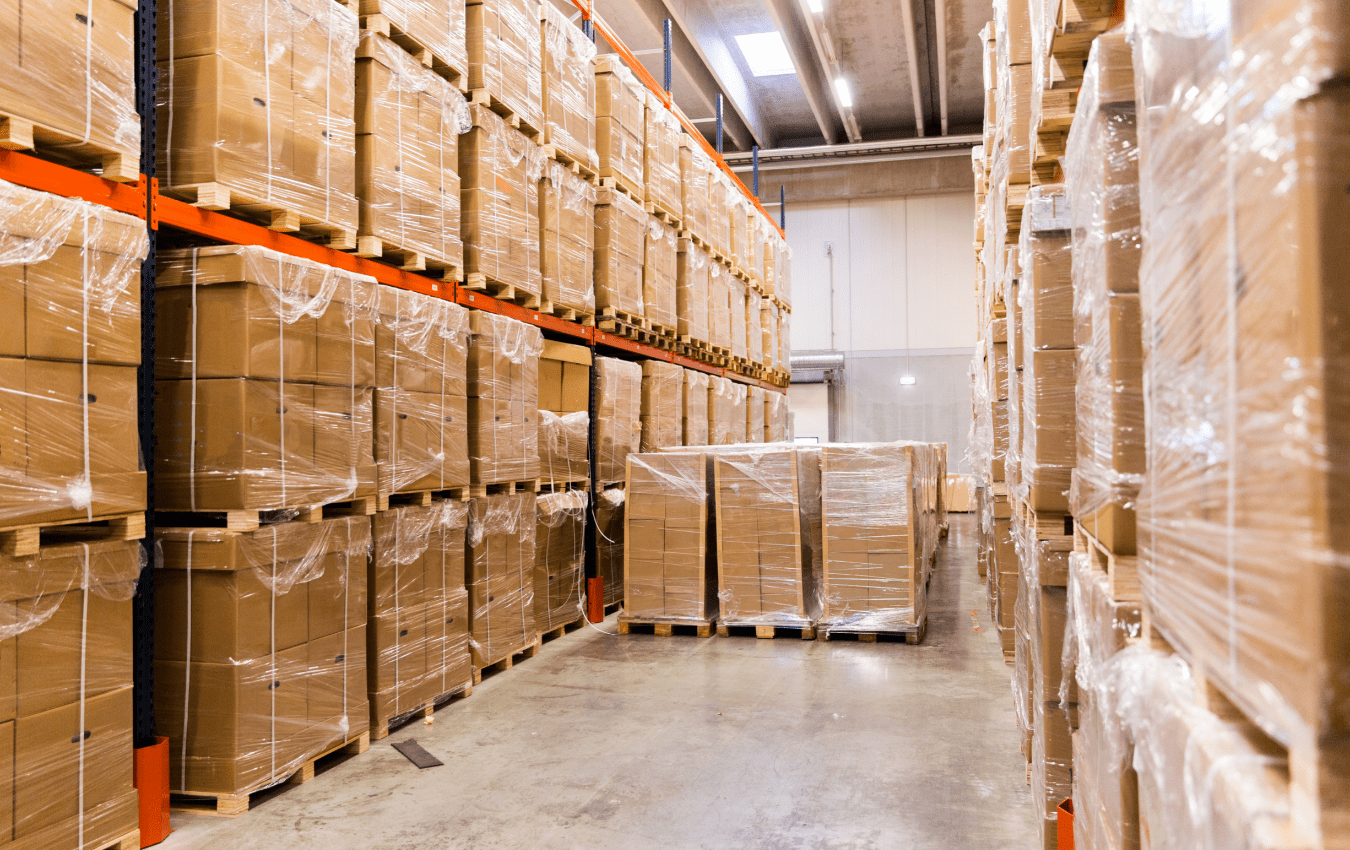
Testing and Standards
- ASTM D4577: Measures compressive creep over time in shipping containers.
- ASTM D642: Evaluates initial compression strength, serving as a baseline before long-term storage.
Design Strategies to Reduce Loss
- Select Higher ECT Boards: Provides a stronger starting point, delaying the drop below critical load thresholds.
- Moisture Control: Use desiccants, ventilation, or moisture-barrier coatings in high-humidity warehouses.
- Pallet Pattern Optimization: Uniform stacking prevents concentrated stress on corner posts.
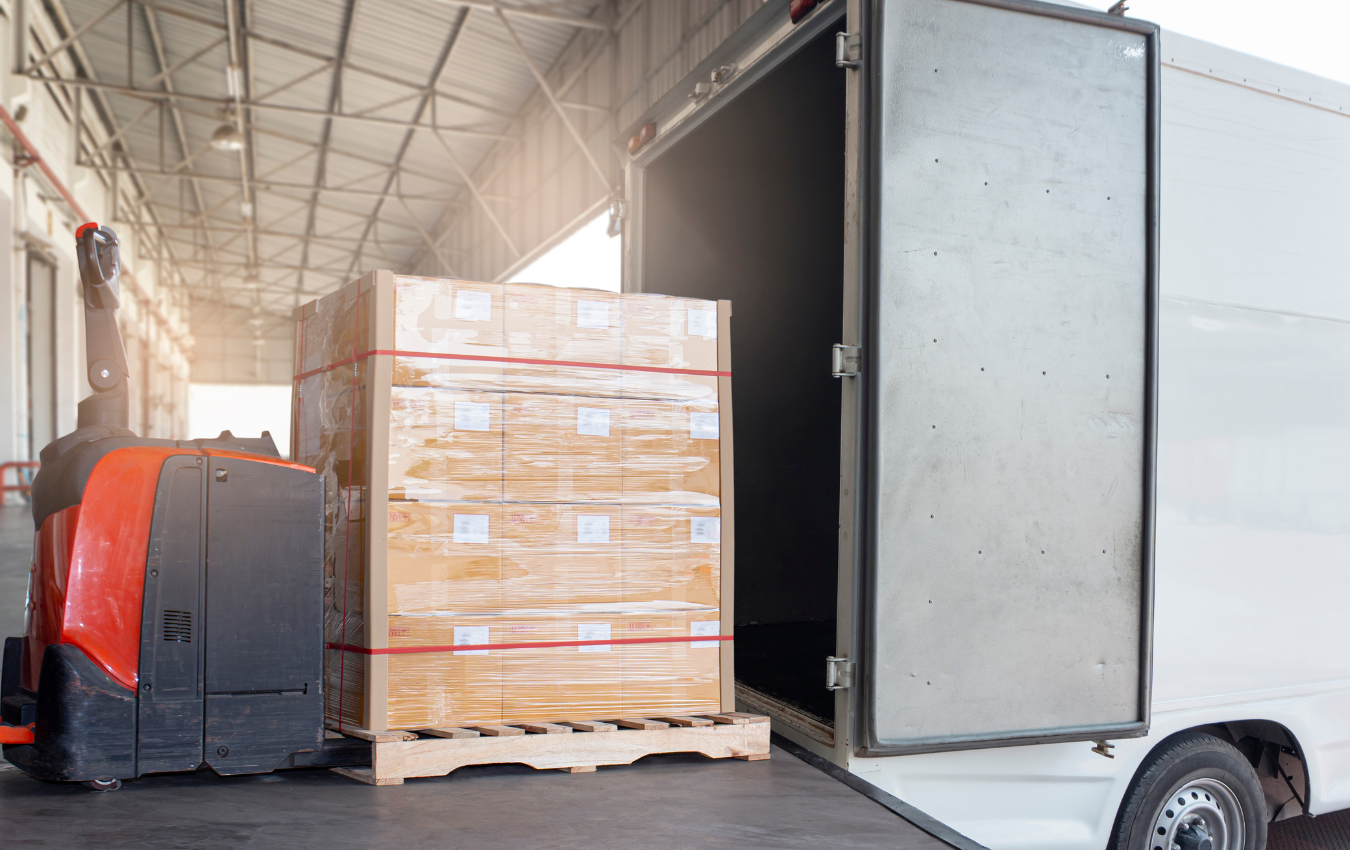
Application Considerations
- Long-term storage in non-climate-controlled facilities should factor in 30–50% compression loss for safety margins.
- Double-wall or reinforced designs are advised for seasonal inventory stored for extended periods.
References
ASTM International. (2015). ASTM D4577-15: Standard test method for compressive creep of shipping containers. ASTM International. https://www.astm.org/d4577-15.html
ASTM International. (2015). ASTM D642-15: Standard test method for determining compressive resistance of shipping containers. ASTM International. https://www.astm.org/d0642-15.html
Retailers place strict requirements on packaging to ensure products move efficiently through distribution centers, arrive safely, and look consistent on shelves. Non-compliance can lead to costly chargebacks, rejected shipments, and
RSC boxes dominate shipping because they combine strength with efficiency. But beyond protection, their dimensions and stacking performance directly influence freight cost, pallet utilization, and warehouse efficiency. Choosing the right
The Regular Slotted Container (RSC) is the most widely used corrugated box style in the world. Its simplicity, manufacturing efficiency, and versatility make it the default choice across industries ranging
Sustainability in pet product packaging involves balancing environmental impact with functional performance. Materials must protect against moisture, oxygen, and pests while also meeting recyclability or compostability goals. Choosing the right
Home » Compression Strength Loss Over Time in Warehouse Storage


